Andrew Nette reviews 'Transmission: Legacies of the Television Age' (NGV)
The April 2015 issue of Australian Book Review contained a lengthy essay by James McNamara questioning whether or not we are living in a golden age of television. It is a topic receiving much attention from critics and cultural commentators, not only because of technological and behavioural changes in how we watch television, but because of the growing sophistication of some of its output and the wider cultural impact this is having.
I thought about that essay and the debates it touched on as I visited the National Gallery of Victoria’s (NGV) latest contemporary exhibition, Transmission: Legacies of the Television Age. Comprising thirty works by local and international artists, sourced from the NGV’s own extensive collection, Transmission explores the evolution of television from its analogue beginnings to the digital era. Among the themes it tackles is television as a global means of communication, a mediator of our emotions and perceptions, and a distributor of knowledge or, depending on your point of view, ignorance.
The exhibition reinforces how recent the notion is that television can be a channel for the dissemination of culturally sophisticated content. With the exception of a period in the 1980s when music video became a platform to express divergent views on gender, race, and sexuality, television has largely been viewed as a cultural and creative wasteland. Critics have assailed television for its poor production values and lowest common denominator, advertiser-driven content.
Television as a purveyor of dumbed-down, consumerist culture is the subject of the two videos in the exhibition by San Francisco-based, avant-garde art collective, Ant Farm. Media Burn records an elaborate event staged by the collective to mark the American Bicentennial in 1975. News media were invited to watch a modified Cadillac being driven through a huge pile of burning television sets. The event sought to highlight the role of television in creating what Ant Farm viewed as an alienated, television-addicted, consumerist population.
 Eamon O'Toole, Wide World of Sport TV, 1988 (private collection, Melbourne)
Eamon O'Toole, Wide World of Sport TV, 1988 (private collection, Melbourne)
Ant Farm visited Australia in 1976, and their television appearances are captured in ‘Off-Air’ Australia. It is an interesting glimpse into how our mainstream news and current affairs shows tried, and for the most part failed, to make sense of the group’s pro-environment, anti-consumerist agenda and stunts, which included ‘Ned Telly’ liberating Sydney from environmentally poor design.
Transmission is on stronger ground when it seeks to challenge prevailing cultural narratives around how we relate to television, rather than lampooning the medium. The strongest pieces force us to redefine our relationship to television images, the flatness or horizontality of screen ‘content’, and realise how context specific our interpretation of television is in terms of the environment, time, mood, and circumstance in which we watch it.
‘The exhibition reinforces how recent the notion is that television can be a channel for the dissemination of culturally sophisticated content’
By re-cutting short clips from the 1970s television show Wonder Woman, dismissed at the time as harmless escapism, and layering different sound over it, American video and installation artist Dara Birnbaum highlights and subverts the show’s implicit sexism. Australian Darren Sylvester achieves the same disruptive effect via You Should Let Go Of A Dying Relationship (2006), in which he performs a soundless video homage to the iconic film clip to David Bowie’s Heroes. The work was inspired when Sylvester watched the original clip playing soundlessly on a video jukebox, redefining his pre-existing notions of the performance.
Tracey Moffatt’s Artist is a collection of clips from sitcoms, melodramas, and motion pictures, weaved into a ten-minute looped film. She transforms the staid process of making art, as it has often been depicted on the screen, into a frenzied activity, full of sexual and class undertones.
 Darren Sylvester, You Should Let Go Of A Dying Relationship, 2006 (still)
Darren Sylvester, You Should Let Go Of A Dying Relationship, 2006 (still)
A major strength of the exhibition is how it explores television through a wider array of media than video alone. Eamon O’Toole’s sculpture Wide World of Sports TV examines the notion of television as companion through the artist’s memories of watching sport, the sense of anticipation aroused by the appearance of a familiar logo and the music accompanying it. It is also a comment about the television as a large, ubiquitous object in our living spaces.
A similar nostalgia is conveyed by Elvis Richardson’s drawings of analogue television test patterns, Televisuals: Salute Elvis. These evoke an era, almost unfathomable now, when time limits were placed around television’s ability to broadcast.
 Patrick Pound, Screen Capture, 2015 (detail) (photograph by Andrew Curtis)
Patrick Pound, Screen Capture, 2015 (detail) (photograph by Andrew Curtis)
Television’s recent high quality offerings aside, it continues to be seen as a largely disposable and impermanent medium. Patrick Pound’s work Screen Capture (2015) is among the most successful pieces to redefine our relationship to the television image. Pound presents a selection from hundreds of found photographs he has collected relating to television’s analogue era, including publicity shots, stills, and images in which the television screen is visible in otherwise unrelated domestic scenes. Arranging them in a random pattern on blank paper takes them out of their original context, giving them a sense of permanency and creating new connections and associations not previously apparent.
Transmission: Legacies of the Television Age offers important perspectives on the debate about television’s role and evolution.
Transmission: Legacies of the Television Age, presented by the National Gallery of Victoria at NGV International (15 May - 13 September).


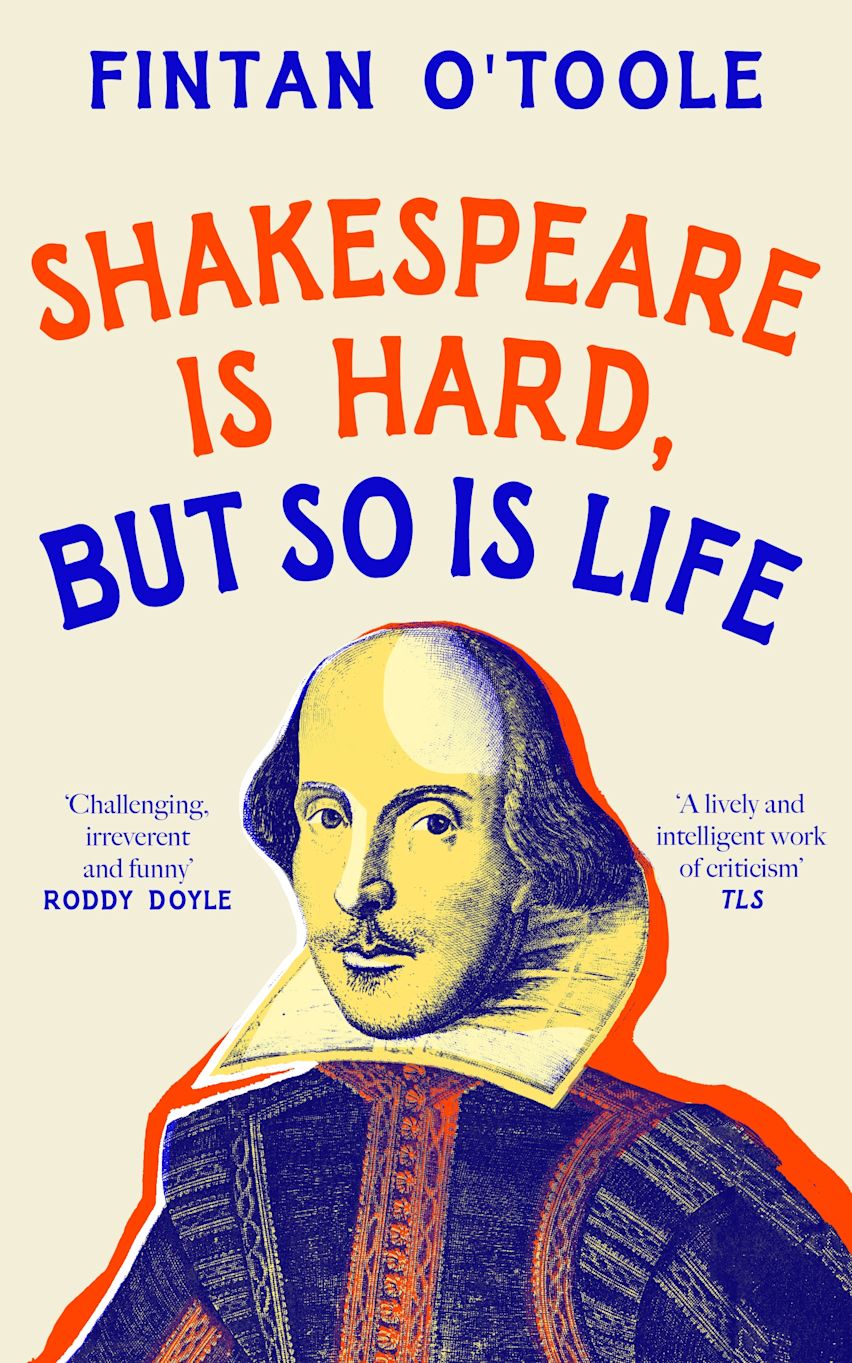

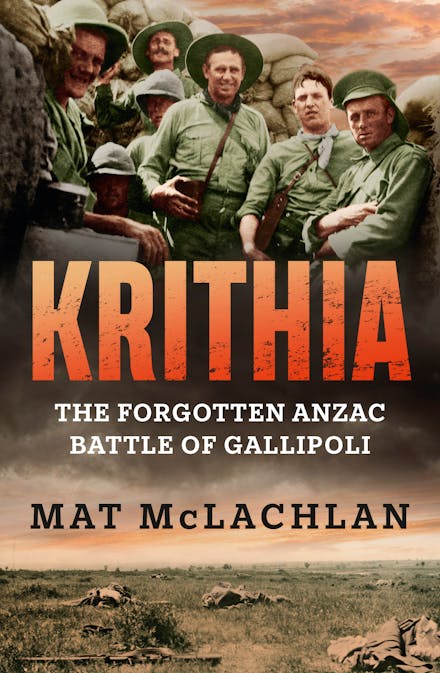
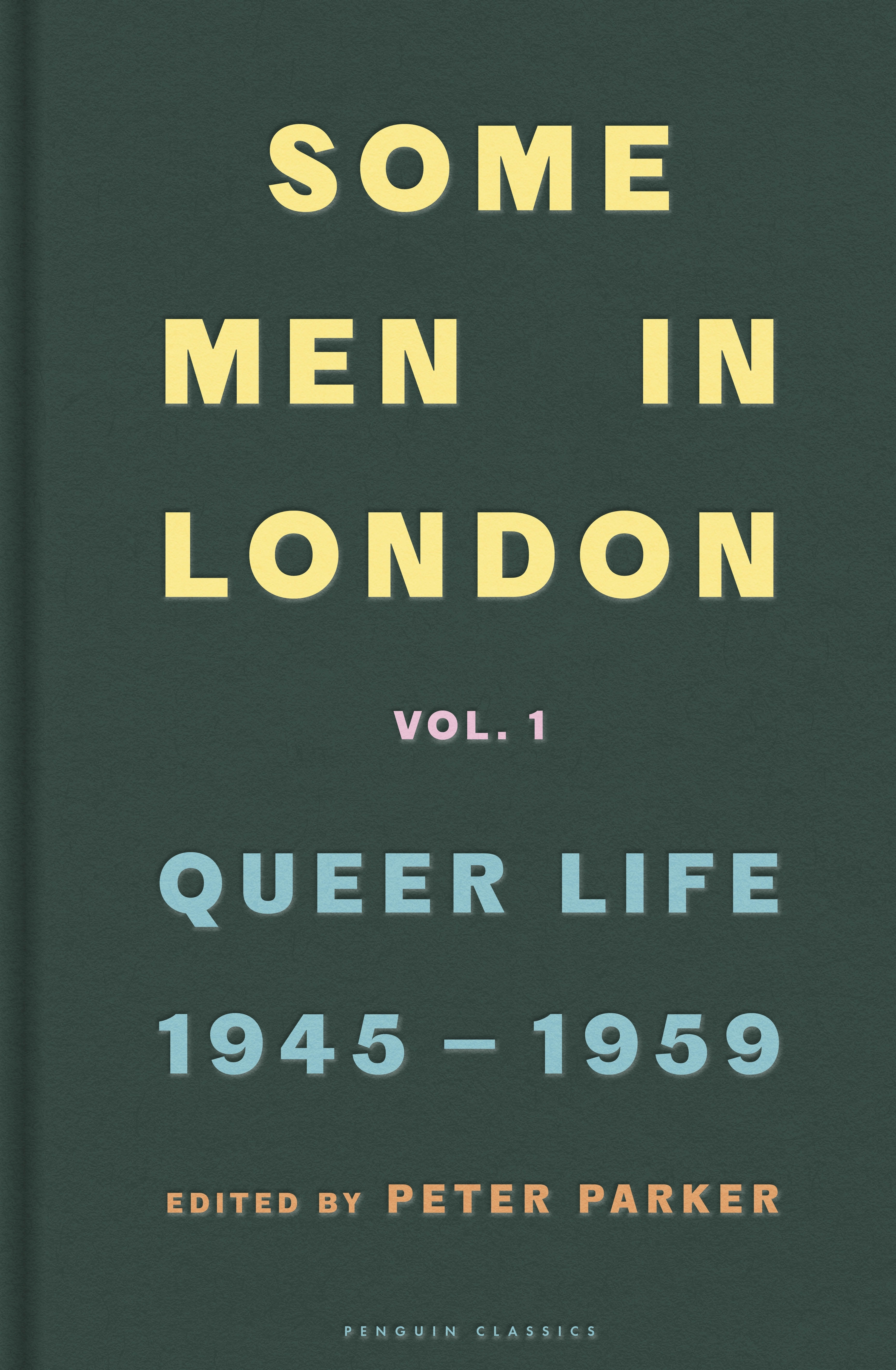


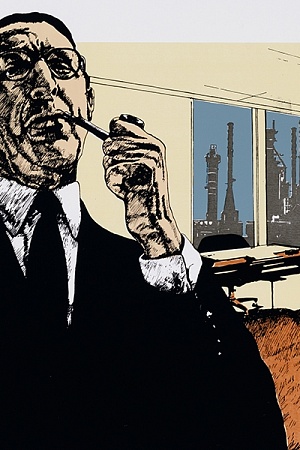
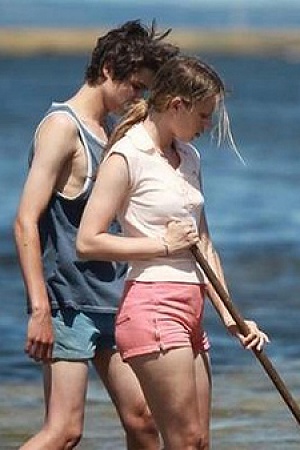
Leave a comment
If you are an ABR subscriber, you will need to sign in to post a comment.
If you have forgotten your sign in details, or if you receive an error message when trying to submit your comment, please email your comment (and the name of the article to which it relates) to ABR Comments. We will review your comment and, subject to approval, we will post it under your name.
Please note that all comments must be approved by ABR and comply with our Terms & Conditions.